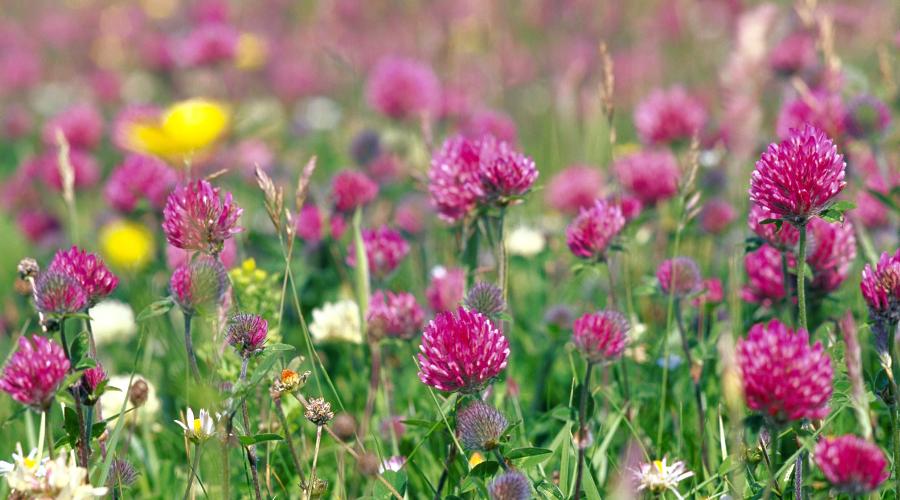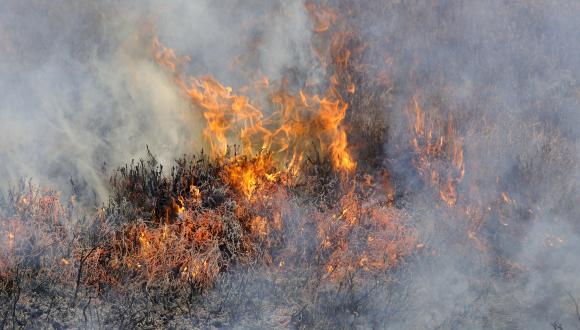
Habitat types
Scotland’s habitats vary enormously from coast to city. Their diversity helps to support our abundance of plant and animal species.
Woodlands occur from our rocky shores to the slopes of our high mountains. Which woodland type grows where depends on our diverse geology, soils, climate and topography.
Our long coastline and large area of sea means that Scotland’s coastal and marine habitats are similarly varied. Our position at the edge of the European continental shelf and the mixing of warm Gulf Stream with cold currents also make Scottish waters special.
More than 30,000 freshwater lochs can be found across the country. There are ponds and rivers too, plus wetland habitats ranging from fens and flushes to springs and swamps. These habitats support an abundance of species and serve various vital functions.
Mountains and moorlands cover about 60% of our land, forming Britain’s largest remaining area of largely undeveloped wildlife habitat. Scotland is the European stronghold for upland heath, and blanket bog covers 23% of our land area.
Farmland and farming help to shape the Scottish landscape. But some of our most valuable habitats have suffered as a result of the drive to increase production. Unimproved, species-rich grassland and lowland heath are in decline today.
Urban greenspace and green networks support varied wildlife and give people opportunities to enjoy nature close to cities and towns.
This section describes Scotland's diversity of habitat types.






